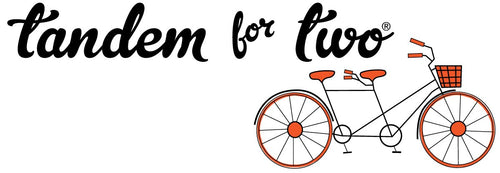Meta just dropped a major announcement at its first-ever developer conference, LamaCon—and if you’re an artist, designer, or just plain tech-curious, this could shift how you brainstorm, plan, and create. Enter: the new Meta AI app. It’s Meta’s answer to ChatGPT, and it’s not just another chatbot.
This new AI assistant is a stand-alone app powered by the Llama 4 model, and it’s designed to plug right into your life if you’re already hanging out on Instagram, Facebook, or WhatsApp. Meta is positioning it as your “hyper-personalized assistant”—and that personalization comes from data you’ve already shared across its platforms. So yes, it knows what kinds of posts you like, the memes you save, and maybe even how you take your coffee (if you posted about it).
What Makes Meta AI Different?
Unlike typical AI assistants, Meta’s version comes with a "Discover" feed that showcases what other users are generating—like custom avatars, emojis, or whatever else they’ve dreamed up. You can opt in to share your own creations too, making it a bit of a gallery-meets-lab space. It’s clearly Meta’s move to demystify AI and make it more social and visual—something creatives and content lovers might actually enjoy exploring.
Also notable: Voice Mode. Like ChatGPT’s voice feature, you can chat naturally with Meta AI, making it easier to ideate on the go, plan projects hands-free, or get feedback while sketching (we’re imagining a studio session where your assistant actually listens and responds in real time).
However, one current limit—it can’t pull from the web just yet, so it won’t replace your browser. But for personalized recommendations, quick answers, or creative brainstorming, it’s already offering a compelling toolset.
Why This Matters for Artists and Designers
We’ve been watching the AI assistant race closely here at Nerdy Art News, and this launch suggests the future of creative support tools is getting more social, more visual, and more embedded in the places we already hang out online. Meta’s move into the standalone AI space isn’t just about competing with OpenAI—it’s about owning how people use AI, and shaping that through the lens of content creation and community.
Plus, with OpenAI reportedly working on its own social feed for ChatGPT, the battle for how we share and discover AI-generated content is just heating up. If you’re an artist who’s felt like AI tools were made for coders by coders, this shift toward social and visual experiences might finally bring some balance—and new opportunities to show your work, test ideas, and collaborate in unexpected ways.
Stay tuned—because the line between your creative process and your favorite social apps just got a lot thinner.


